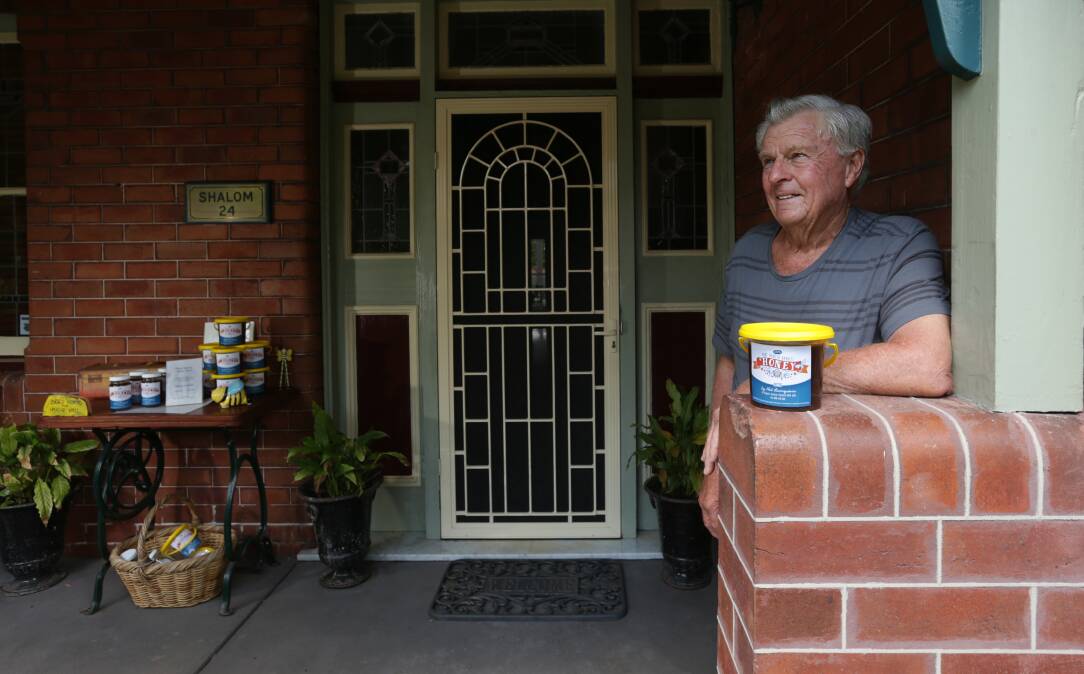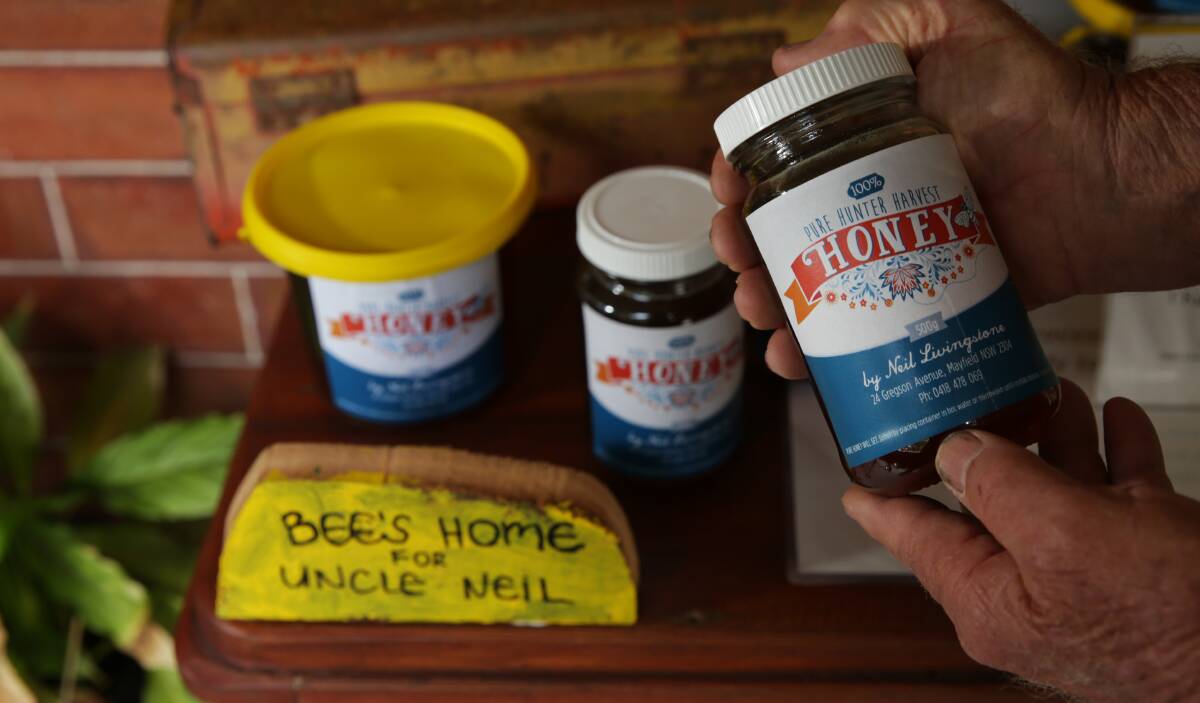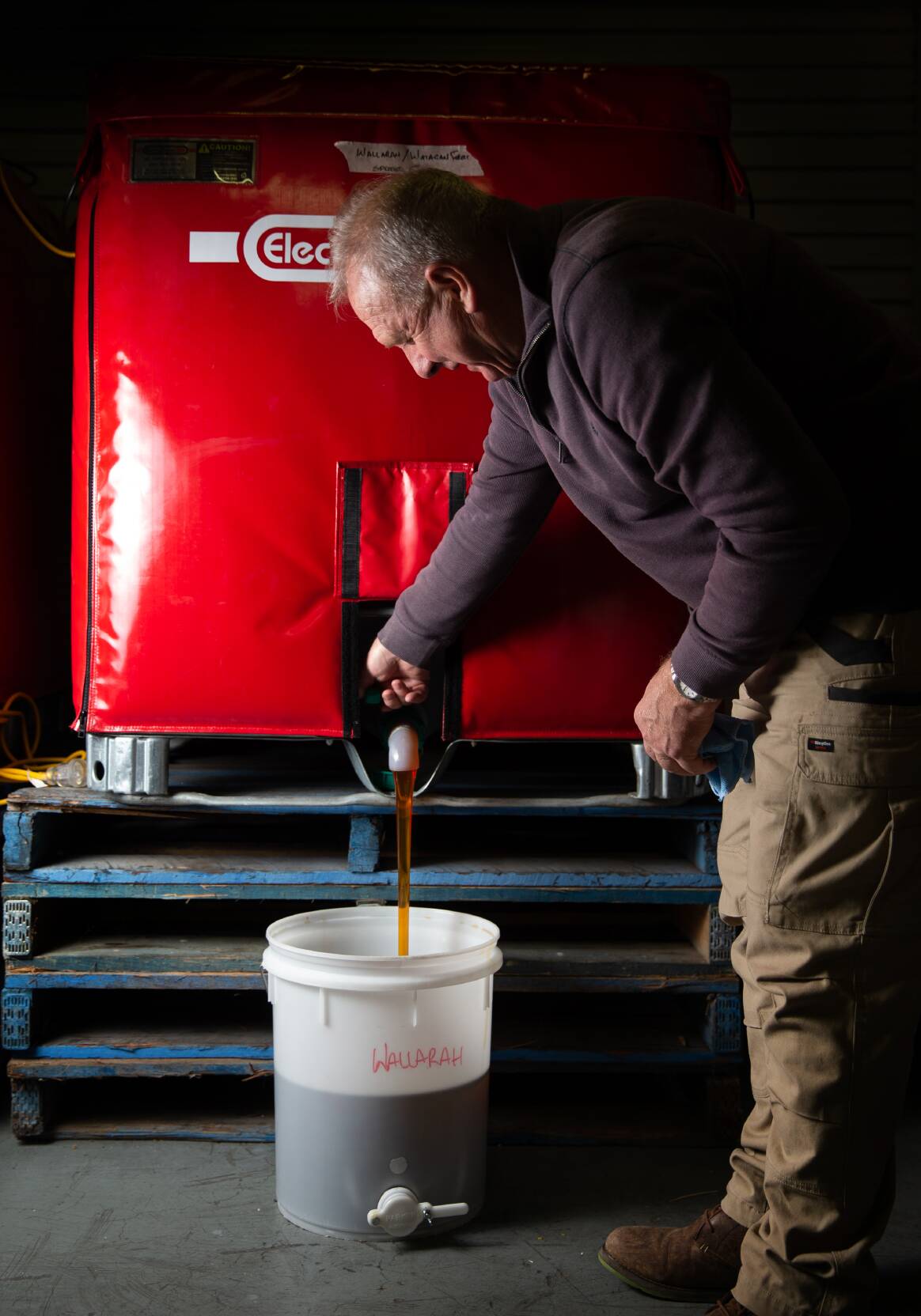
As grim as the news has been in the beekeeping field due to the discovery of varroa mites, which could ruin the Hunter area industry, Newcastle apiarists are maintaining a glimmer of hope.
"Last January, 2022, was the best harvest I've ever ever ever had," says Mayfield beekeeper Neil Livingstone.
"It was unbelievable. I still have supply."
Livingstone is a small-time beekeeper, but ever a very conscientious one. He only sells direct, from his front veranda.
Like many good beekeepers, Livingstone left honey in his hives as the weather cooled and winter hit.
"Every one of my hives I leave 10 to 20 kilos of honey to help bees survive the winter. And that is my supply for spring," he says.
But that stash is all gone. The NSW Department of Primary Industries has hastened to deal with the crisis by eliminating hives within the "red zone", that is, within a 10-kilometre radius of any varroa-infected hives they have found. And Livingstone's Mayfield hives have been among those in the firing line.
"I'd say the government has burned 300 kilograms of honey of mine," he says, of the destruction of his hives by DPI.
"That's the luck of the game. I will find it hard from September."
The clock is ticking on trying to control the spread of the varroa mite. Because bees are mostly dormant in winter, due to the cooler weather and lack of flowering plants, it has been the ideal time in the Hunter for the government to attempt to control the mite.

But time will run out.
"The bottom line: if we cannot contain it by September 1, it's too late," Livingstone says.
"After September it will go like a wildfire.
"In September and October, the bees will go three to five kilometres in search of nectar and pollen. At the moment, they wouldn't - why would they get out of bed and go two kilometres."
Livingstone, who has been around bees his whole life but only began keeping hives when he retired from work 13 years ago, is realistic about what may happen.
"My gut feeling is it will have an effect," he says of the price of honey.
"I'm not going to change prices until supply is down. But I can see a jump coming in honey prices in spring."
But there are bigger issues at stake, he points out.
"If we can't get bees [varroa mites] under control, the pollination of our fruits and vegetables will be in trouble. And with the flood plain issues, the Hunter Valley will feel it."
This worst-case scenario, of no honeybees, could have a far-reaching effect on backyard gardeners.
"At my place, about 200 metres from hives that have been destroyed, I have a yard, " Livingstone says.
"It's full of basil, lavender, all the shrubs bees love. I'd have 10,000 bees in my yard. Right now, you won't find a bee. You won't have pollination."

2Pops Honey
Russell Smith, a director of 2Pops Honey, a small producer based in Caves Beach, has kept close watch on the developing varroa crisis.
"If the varroa mite becomes established and spreads, the consequences are enormous," he says.
From Smith's viewpoint, It's too early to tell if the current varroa alarm is going to have an affect on the price and availability of honey locally.
"If they eradicate it now, life goes on," Smith says.
"If they can't, beekeepers will have to introduce more controls and the price of honey will be affected. More processes and labour will ultimately have a consequence on price.
"There is plenty of honey about at the moment, coastal and inland. I understand people are concerned about supply. But for the immediate future, it's OK."
Honey production in the immediate local area affected by the red zone, where DPI is destroying infected hives, will be nil for two to three years.
But honey supply will be available from western NSW, Smith says: "Probably some of the most magnificent honey in the world."







